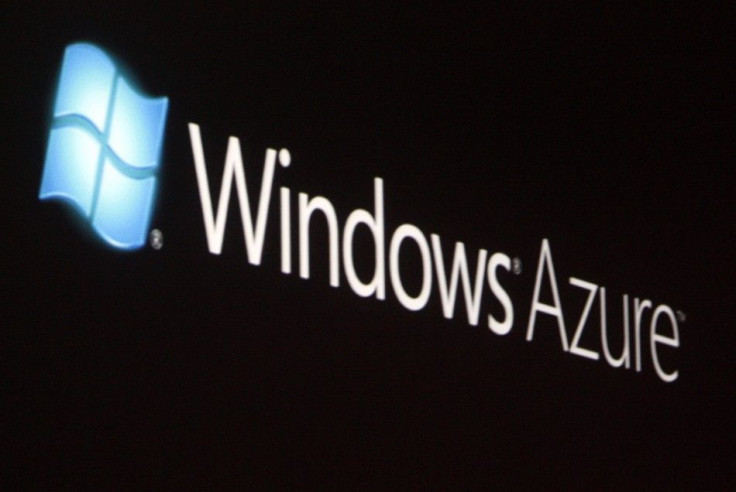Microsoft's cloud venture Windows Azure poised for take off

Microsoft’s cloud-based Windows Azure, is similar to cloud sky in many ways, according to reports of a test at the available production-level features in Microsoft's platform-as-a-service (PaaS) offering, but with some major differences.
Azure is mainly composed of Windows Azure 2008/ 2008 R2 Server Edition Compute Services, Windows SQL Azure instances, and storage facilities put together by Microsoft's AppFabric. The AppFabric is an orchestration system for messaging, access control and management portal.
Windows Azure provides production application support through Windows Azure 2008/2008 R2 Server Edition Compute services, Windows SQL Azure, and several forms of data storage. These services can be bought in graduated instance sizes, and deployed them into various geographies, and different Microsoft data centers within some of the geographies.
Microsoft has tried to expand the Azure market space, where developers can buy, sell and share building blocks, templates and data sets, plus finished services and apps needed to build Azure platform apps. It has also enhanced the Marketplace offerings with both community and also marketed development tools, Azure-based SaaS third party applications, and other business offerings.
Windows Azure allows storage in a simple folder (Drive C:-style) or via an API which supports BLOBs (Binary Large Objects), tables and queues.
Azure is homogeneously Window-based. Major chunk of Azure can’t be accessed as it’s still in beta or customer technology preview.
© Copyright IBTimes 2024. All rights reserved.











